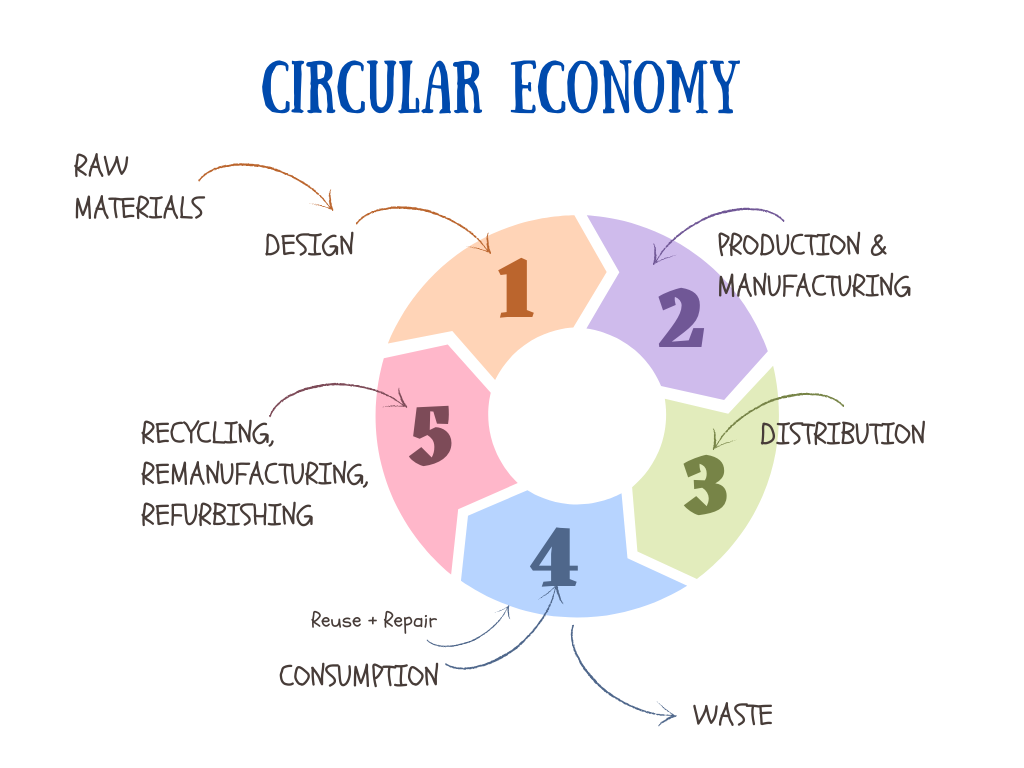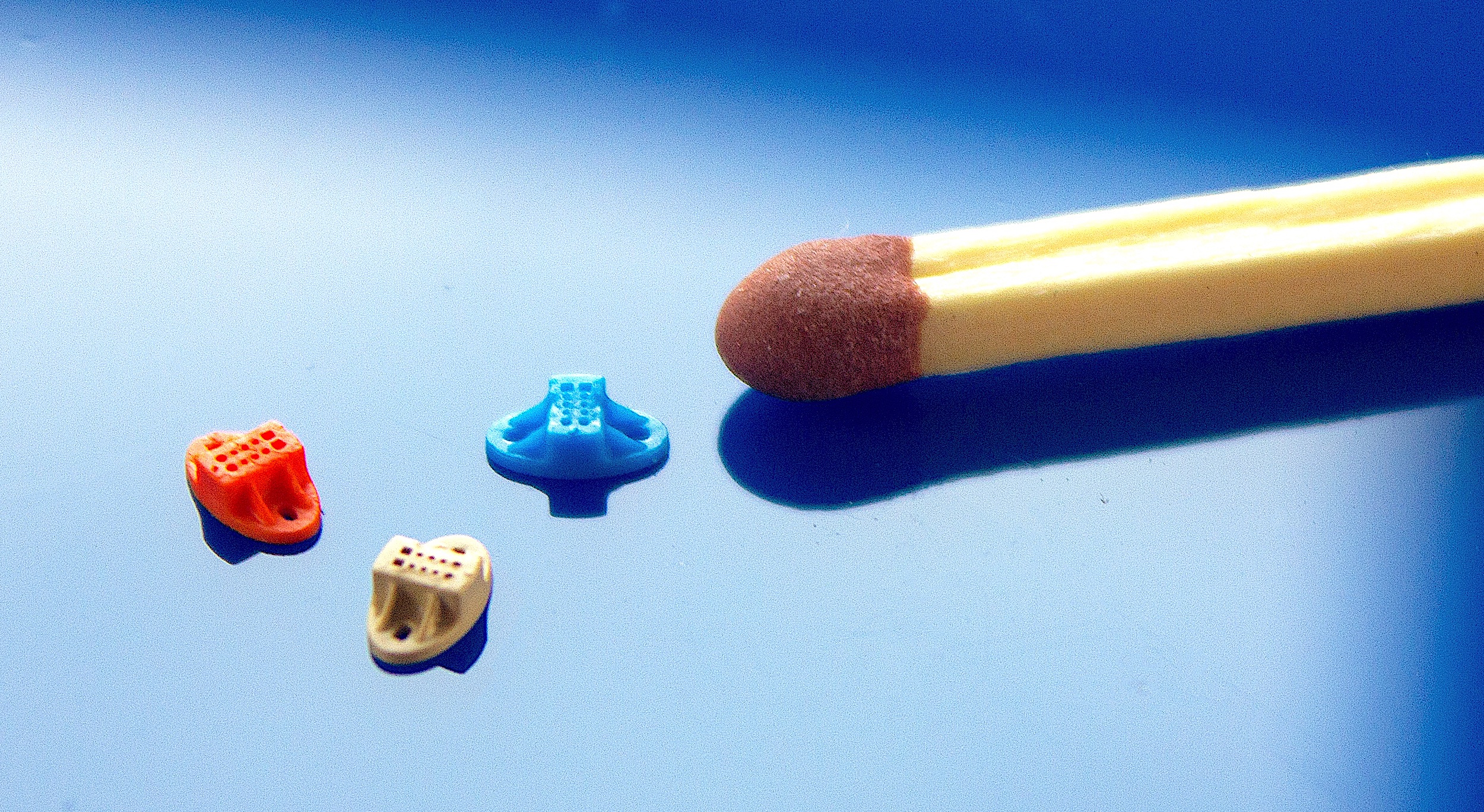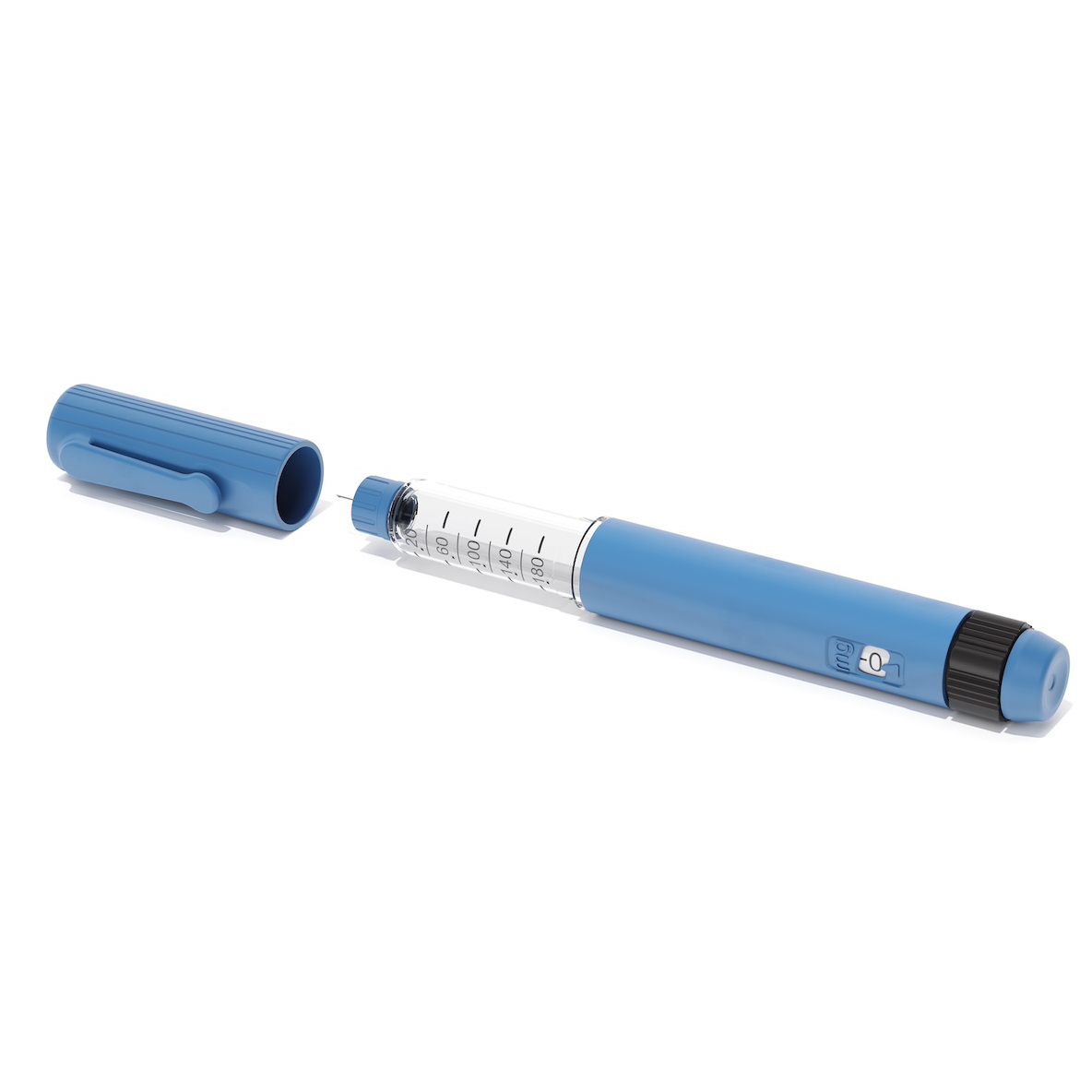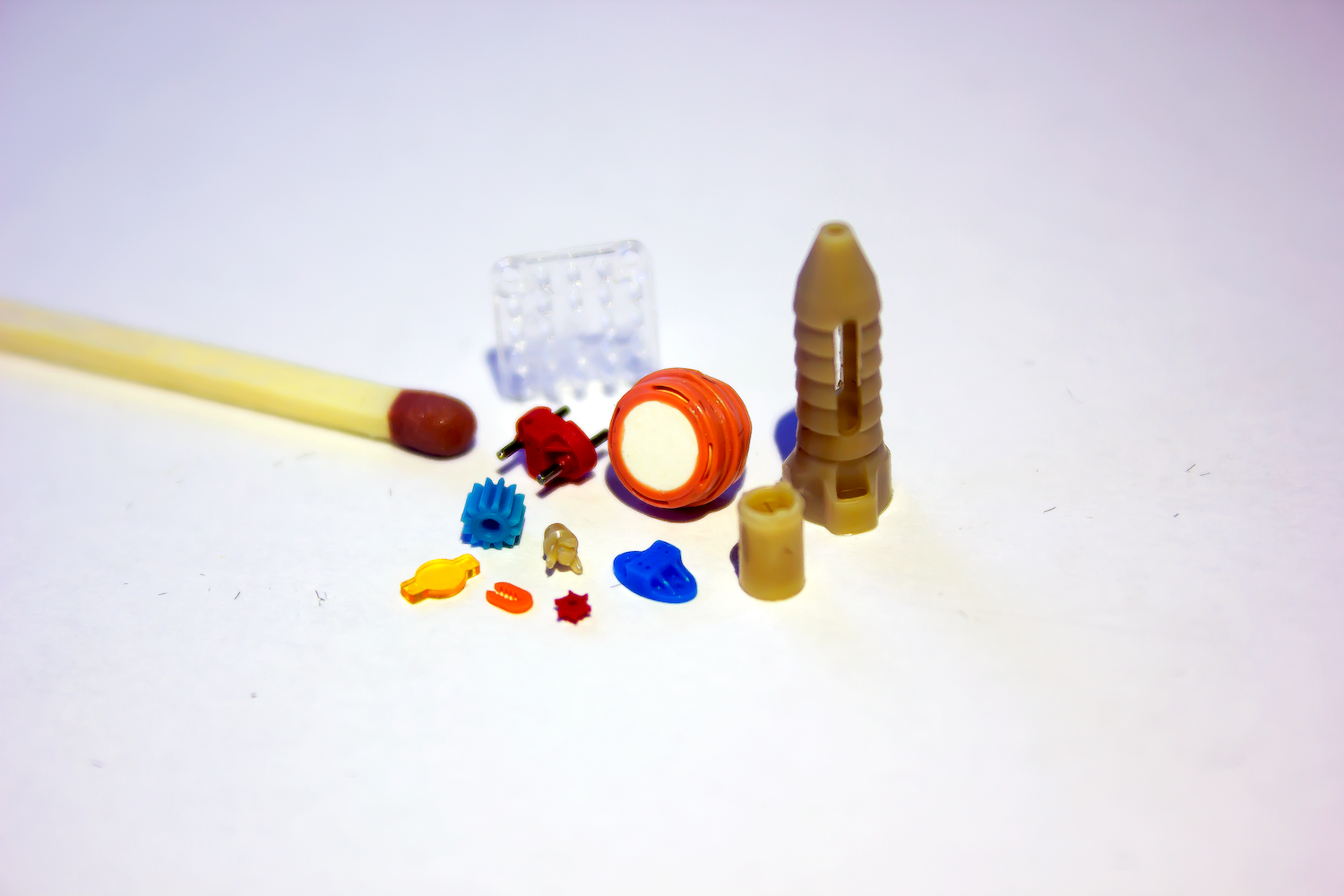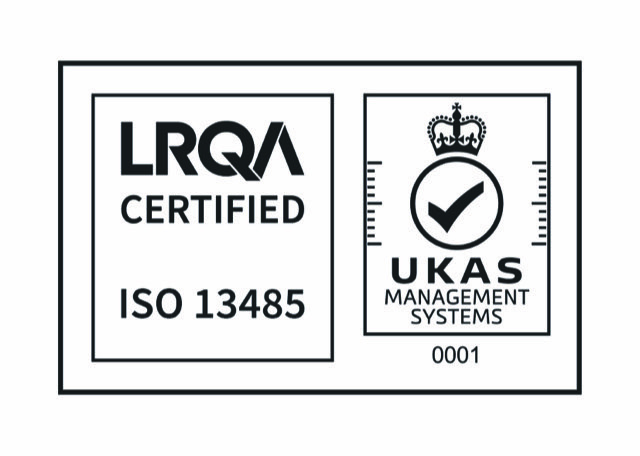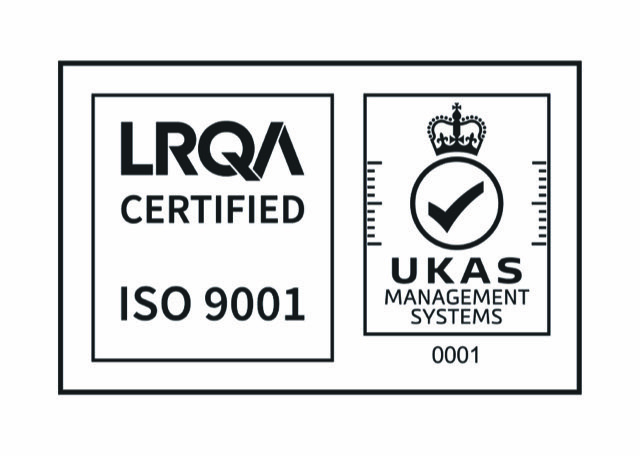Design for Sustainability and its future in manufacturing
What is Design for Sustainability?
Design for Sustainability (DfS) is a comprehensive design approach to activities that emphasises people and the environmental well-being as the end result (Mazini, 2020). It develops products and methods with a focus on resource efficiency, the use of ecologically friendly materials, and their impacts on the people and the community. Design for Sustainability extends beyond the average projected life of the product, and any existing designs should take into account the well-being of future generations so that their requirements are not sacrificed. The consumer demand and industry push for sustainability in recent years have expanded the application of the DfS method, particularly for new products and process development.
According to the European Commission’s Sustainable Product Policy, up to 80% of a product’s negative environmental effect is finalised at the design stage, as a result, it is critical to analyse and minimise environmental implications during the design process.
By applying DfS, businesses can guarantee that products and services aim to minimise negative environmental and human health effects during their entire lifespan. It inspires designers and manufacturers to think about how to use more abundant and readily available basic materials or more readily recyclable materials and waste-reducing design approaches. It also encourages engineers to consider if sustainable transportation choices may be employed to minimise pollution and greenhouse gas emissions, and urges managers to design such that they can source materials more sustainably, both socially and environmentally.
Towards Circular Economy
Moving away from the traditional linear economy of Take-Make-Consume-Throwaway, the world is working towards the concept of Circular Economy. This growing popular concept includes sharing, reusing, repairing, remanufacturing, and recycling products and resources in order to extend their life cycles and reduce total waste. This starts with the design stage, when value is added to the goods, allowing them to circulate within the system for as long as feasible. This is a preventative strategy that supports the overall aim of minimising waste and managing the world’s limited resources. According to a report by the University of Cambridge, the movement towards Circular Economy could help increase resource productivity by 3% annually, generating over 200,000 jobs and a growth of 7% in GDP by 2030 compared to the current model.
Factors of Design for Sustainability
To incorporate sustainability and circularity concepts throughout processes, production operations, goods, and product consumption, manufacturers must innovate and restructure their present operating models. Businesses could achieve this by pursuing an ecosystem-driven approach that satisfies their demands from design through consumption and further reuse, repurposing, or remanufacturing, such that satisfying the Scope 1, 2, and 3 compliance requirements by default. However, for certain industries with strict laws, codes and standards, design changes can be more difficult, and the expenses of redesign, requalification and certification are sometimes prohibitive, hence, it is important for manufacturers to analyse their current situations and the industry requirements, to choose and prioritise the suitable elements based on their resources.
Material selection
Sustainable material selection is a delicate balancing act that involves satisfying design criteria, reducing environmental effect, enhancing product performance and meeting unit cost objectives. The process could be lengthy and expensive, as it frequently entails sorting through vast volumes of information from a diverse variety of stakeholders and ensuring that sustainable goods fulfil conventional product performance standards.
The chosen materials should be recycled, renewable, non-hazardous or sustainably sourced, that still meet the required design criteria. In addition, the material selection for packaging is also important, as it should assist consumers get the most out of the product, but it should also be environmentally friendly and easily recyclable. For B2B products, returning packaging for reusing is also viable in many cases.
Design for disassembly
Taking apart and reusing a product’s original components, whether in the same or a completely new product, provides environmental benefits in decreasing the requirement for fresh raw materials, the energy required to extract or mine them, and eliminating waste when done correctly. Designers should employ better, longer-lasting materials with easy-to-disassemble parts that will survive beyond the product’s first usage. Some factors to consider when designing for disassembly include material quality (sanitary reasons, strength, etc.), ease (to disassemble), fastenings (glue, screws or snapping points?), responsibility (who is going to deal with the disassembled parts?), instruction (to help users understand how to disassemble the products after using).
Design for durability
The durability of a product has great potential in reducing economic and environmental impacts, ultimately maximising sustainability during its life cycle. In general, a durable design consumes fewer resources, reduces energy consumption, creates less waste, spreads environmental impacts across a longer lifetime, requires less maintenance and increases business’s reputation in making high-quality products and increasing customer satisfaction. According to the Ellen MacArthur Foundation, the durability of a product lies in:
- Physical endurance: Mixing material selection, including component reinforcement, to create very durable items that can withstand damage over time.
- Emotional endurance: Using tactics to grow and sustain a product’s relevance and attractiveness to users, or a group of users, over time.
- Remake and recycling: Creating items that can be dismantled and their components and materials reused or recycled to create new products.
According to a survey by Eurobarometer, in the EU, 69% of consumers want their mobile phones and tablets to last at least 5 years, however, due to battery degradation, most users are forced to replace their gadgets every 2 years. If designers improved battery performance, the device would be more likely to reach its projected life of 5+ years because all other components are still functional after 2 years.
Yet, due to factors such as existing technology and material solutions, these design considerations will almost certainly include certain trade-offs that businesses need to be aware of.
Design for reusability
While Recycling is the process of converting an object into basic elements that may be used again, generally to create a completely new product (a high-energy process), Reusing an object means using it as is, without any modifications, which hence decreases pollutants and waste, making the process more sustainable.To be appropriate for reuse, a product must be reliable, resilient, frequently lightweight, and capable of preserving quality; hence, material selection is critical. Consideration of modular design also gives further benefits by making repair, refurbishing and ultimately recycling easier.
Renewable
Many items requiring a continuous or periodic source of energy to function, known as active products, continue to rely on active energy systems to function. Electric drives have become increasingly popular in recent years, with prominent examples coming from the automobile and shipbuilding sectors.To develop a more sustainable design, designers must consider using renewable energy as the primary or secondary energy source in their designs. Increased dependence on renewable alternatives such as wind, solar power, and hydroelectricity (rather than petrol, diesel, gas, and coal) helps customers and businesses work towards a more sustainable growth while increasing the levels of living standards.
With offices in 2 different continents, we pride ourselves on the ability to generate positive impacts where our businesses operate. Learn more about our great works so far with our CSR Report!
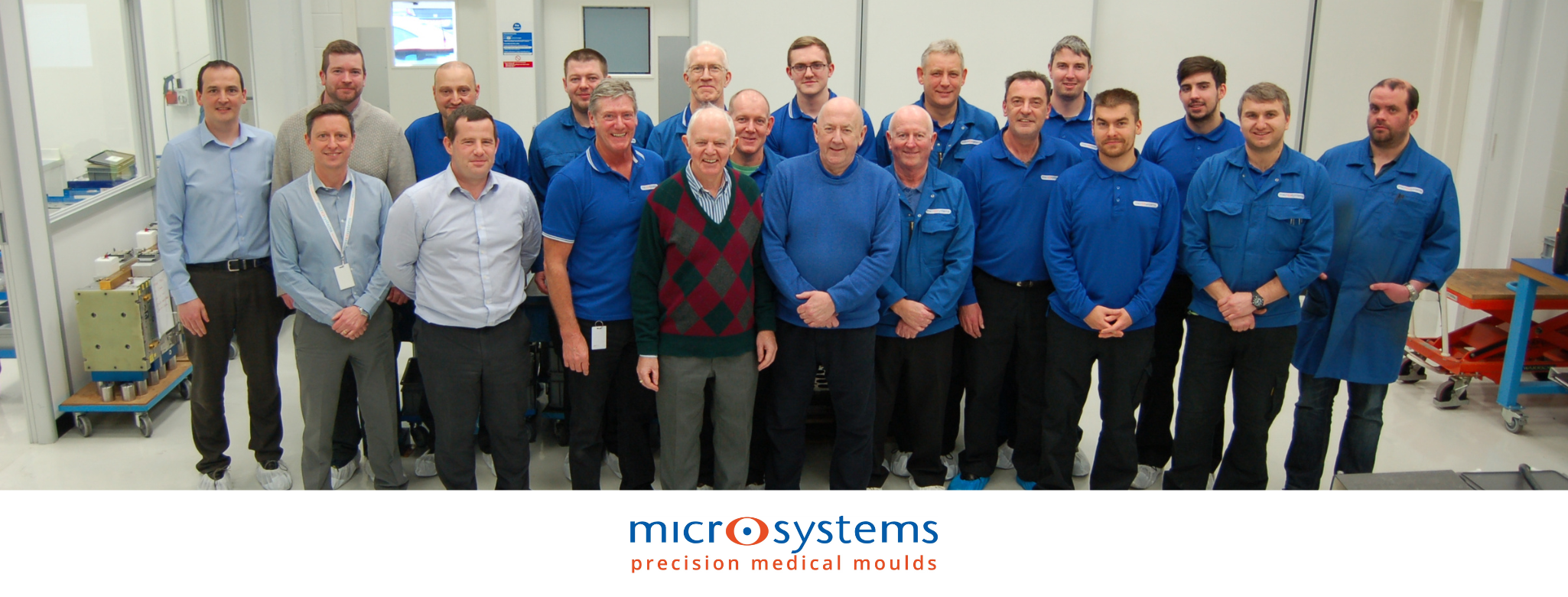
Working closely with our customers from the first stages, from design to manufacturing, enables Micro Systems (UK) to maximise design efficiency and simplify production, hence resulting in a higher level of sustainability of the final products for both ourselves and our customers. Contact us today to start planning your mould design, mould manufacture, injection moulding project!

